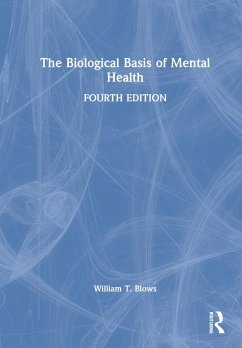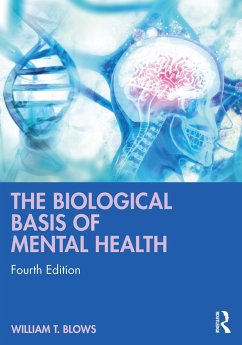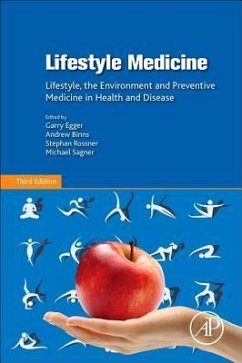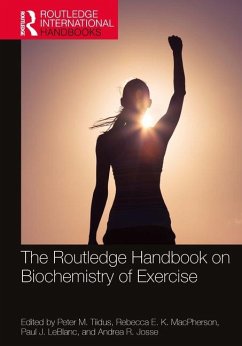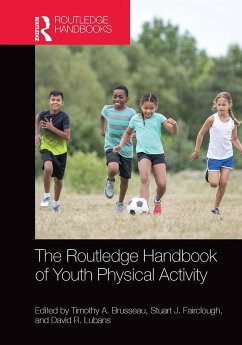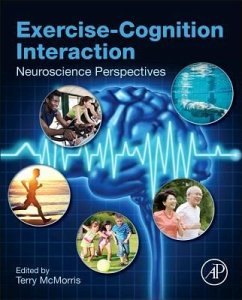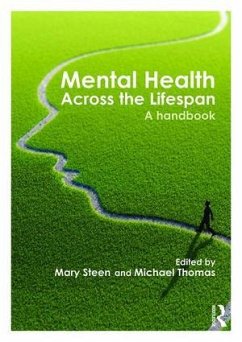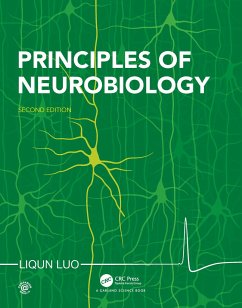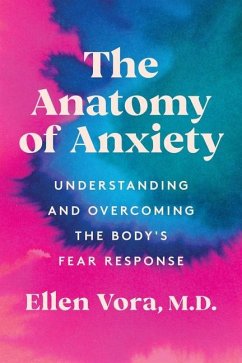
Routledge Handbook of Physical Activity and Mental Health
Versandkostenfrei!
Versandfertig in 1-2 Wochen
79,99 €
inkl. MwSt.

PAYBACK Punkte
40 °P sammeln!
A growing body of evidence shows that physical activity can be a cost-effective and safe intervention for the prevention and treatment of a wide range of mental health problems. As researchers and clinicians around the world look for evidence-supported alternatives and complements to established forms of therapy (medication and psychotherapy), interest in physical activity mounts. The Routledge Handbook of Physical Activity and Mental Health offers the most comprehensive review of the research evidence on the effects of physical activity on multiple facets of mental health. Written by a team o...
A growing body of evidence shows that physical activity can be a cost-effective and safe intervention for the prevention and treatment of a wide range of mental health problems. As researchers and clinicians around the world look for evidence-supported alternatives and complements to established forms of therapy (medication and psychotherapy), interest in physical activity mounts. The Routledge Handbook of Physical Activity and Mental Health offers the most comprehensive review of the research evidence on the effects of physical activity on multiple facets of mental health. Written by a team of world-leading international experts, the book covers ten thematic areas: physical activity and the 'feel good' effect anxiety disorders depression and mood disorders self-perceptions and self-evaluations cognitive function across the lifespan psychosocial stress pain energy and fatigue addictions quality of life in special populations. This volume presents a balanced assessment of the research evidence, highlights important directions for future work, and draws clear links between theory, research, and clinical practice. As the most complete and authoritative resource on the topic of physical activity and mental health, this is essential reading for researchers, students and practitioners in a wide range of fields, including clinical and health psychology, psychiatry, neuroscience, behavioural and preventive medicine, gerontology, nursing, public health and primary care.





